Can You Take Camera Batteries On Plane ?
Yes, camera batteries can generally be taken on a plane in carry-on luggage. However, it is important to check the specific regulations of the airline and the country you are traveling to, as there may be restrictions on the size and quantity of batteries allowed. It is recommended to keep the batteries in their original packaging or in a separate plastic bag to prevent short circuits.
1、 Lithium-ion battery regulations for air travel
Lithium-ion battery regulations for air travel have been a topic of concern for many travelers, especially those who rely on cameras and other electronic devices during their journeys. The question of whether one can take camera batteries on a plane is a common one, and the answer is generally yes, with some restrictions and guidelines to follow.
As of the latest information available, camera batteries that are lithium-ion based are allowed in both carry-on and checked baggage. However, there are limitations on the size and quantity of these batteries that can be brought on board. According to the International Air Transport Association (IATA), spare lithium-ion batteries with a capacity of up to 100 watt-hours (Wh) are generally permitted in carry-on baggage. Batteries with a capacity between 100 and 160 Wh may be allowed with airline approval, while those exceeding 160 Wh are typically forbidden.
It is important to note that airlines may have their own specific regulations and restrictions regarding lithium-ion batteries, so it is advisable to check with the airline before traveling. Additionally, it is recommended to keep batteries in their original packaging or use protective covers to prevent short-circuiting.
In recent years, there have been concerns about the safety of lithium-ion batteries on planes due to the potential risk of fire. As a result, some airlines have implemented stricter rules, such as requiring batteries to be carried in carry-on baggage rather than checked luggage. It is crucial to stay updated with the latest regulations and guidelines provided by the airline and relevant aviation authorities.
In conclusion, while camera batteries are generally allowed on planes, it is essential to be aware of the specific regulations and restrictions imposed by airlines. Following the guidelines provided by the airline and taking necessary precautions can help ensure a safe and hassle-free travel experience with camera batteries.

2、 TSA guidelines for carrying camera batteries on planes
According to the TSA guidelines for carrying camera batteries on planes, you are generally allowed to bring camera batteries on board. However, there are certain rules and restrictions that you should be aware of to ensure a smooth and hassle-free travel experience.
Camera batteries are typically considered to be portable electronic devices, and as such, they are allowed in both carry-on and checked baggage. It is recommended to pack your camera batteries in your carry-on bag, as they are subject to specific rules when transported in checked luggage.
The TSA advises that spare camera batteries should be individually protected to prevent short circuits. This can be done by placing each battery in its original retail packaging, covering the battery terminals with electrical tape, or placing them in a separate plastic bag. It is important to note that loose batteries should not come into contact with metal objects, such as keys or coins, as this can potentially cause a short circuit.
In terms of battery capacity, there are currently no specific restrictions on lithium-ion camera batteries. However, it is always a good idea to check with your airline as they may have their own regulations or limitations on battery size or quantity.
It is worth mentioning that the TSA guidelines are subject to change, and it is advisable to stay updated with the latest regulations before your travel date. You can visit the TSA website or contact your airline directly for the most up-to-date information regarding camera battery transportation.

3、 International aviation rules for camera battery transportation
According to international aviation rules, camera batteries are generally allowed to be taken on planes, both in carry-on luggage and checked baggage. However, there are certain regulations and restrictions that need to be followed to ensure the safe transportation of these batteries.
In most cases, camera batteries that are lithium-ion or lithium-metal are permitted in carry-on luggage. This is because these batteries have a higher risk of fire when placed in the cargo hold due to the potential for short-circuiting. It is always recommended to carry spare batteries in carry-on baggage, as they are subject to stricter regulations when placed in checked luggage.
When carrying camera batteries in carry-on luggage, it is important to ensure that they are properly protected to prevent short-circuiting. This can be done by placing them in their original packaging, covering the battery terminals with tape, or placing them in a separate plastic bag. It is also advisable to check with the airline for any specific requirements they may have regarding battery transportation.
It is worth noting that some airlines may have additional restrictions or limitations on the number of spare batteries that can be carried. It is always recommended to check with the airline before traveling to ensure compliance with their specific regulations.
As for the latest point of view, it is important to stay updated with the latest regulations and guidelines provided by the International Civil Aviation Organization (ICAO) and the International Air Transport Association (IATA). These organizations regularly review and update their guidelines to ensure the safe transportation of batteries and other hazardous materials on planes.
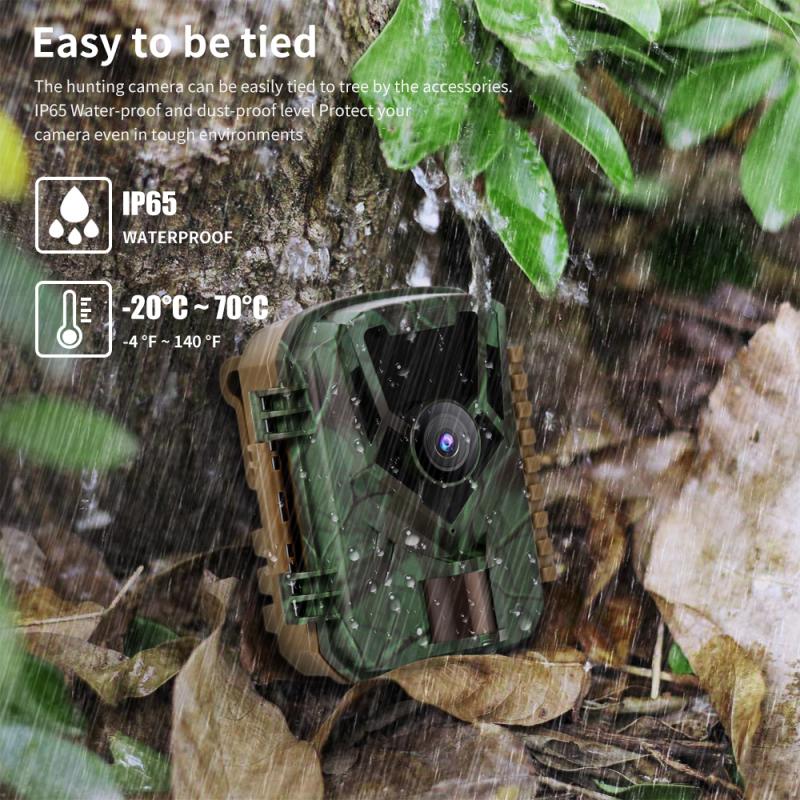
4、 Restrictions on spare camera batteries in carry-on luggage
Restrictions on spare camera batteries in carry-on luggage can vary depending on the airline and country you are traveling to. In general, most airlines allow you to bring camera batteries on a plane in your carry-on luggage, but there are some important considerations to keep in mind.
Lithium-ion batteries, which are commonly used in cameras, are considered hazardous materials due to their potential fire risk. Therefore, there are specific rules and regulations in place to ensure their safe transportation. The International Civil Aviation Organization (ICAO) and the International Air Transport Association (IATA) have set guidelines for the transportation of lithium-ion batteries on aircraft.
According to these guidelines, spare camera batteries should be carried in your carry-on luggage rather than checked baggage. This is because the cabin is equipped with fire suppression systems, which can help contain any potential fire caused by a malfunctioning battery. Additionally, it allows the crew to quickly respond to any incidents.
It is important to note that there are restrictions on the size and quantity of spare camera batteries you can bring on board. Typically, you are allowed to carry spare batteries with a capacity of up to 100 watt-hours (Wh) or 2 grams of lithium content. However, some airlines may have stricter limits, so it is advisable to check with your specific airline before traveling.
In recent years, there have been concerns about the potential fire risk associated with lithium-ion batteries. As a result, some airlines have implemented additional safety measures or restrictions. For example, certain airlines may require you to individually package each spare battery or limit the total number of batteries you can carry.
To ensure a smooth journey, it is recommended to keep your camera batteries in their original packaging or use a battery case to prevent any short circuits. It is also advisable to carry your camera equipment, including batteries, in your carry-on bag rather than checking them in, as this reduces the risk of loss or damage.
In conclusion, while you can generally take camera batteries on a plane in your carry-on luggage, it is important to be aware of the specific restrictions and guidelines set by your airline. Staying informed and following the recommended safety measures will help ensure a hassle-free travel experience.
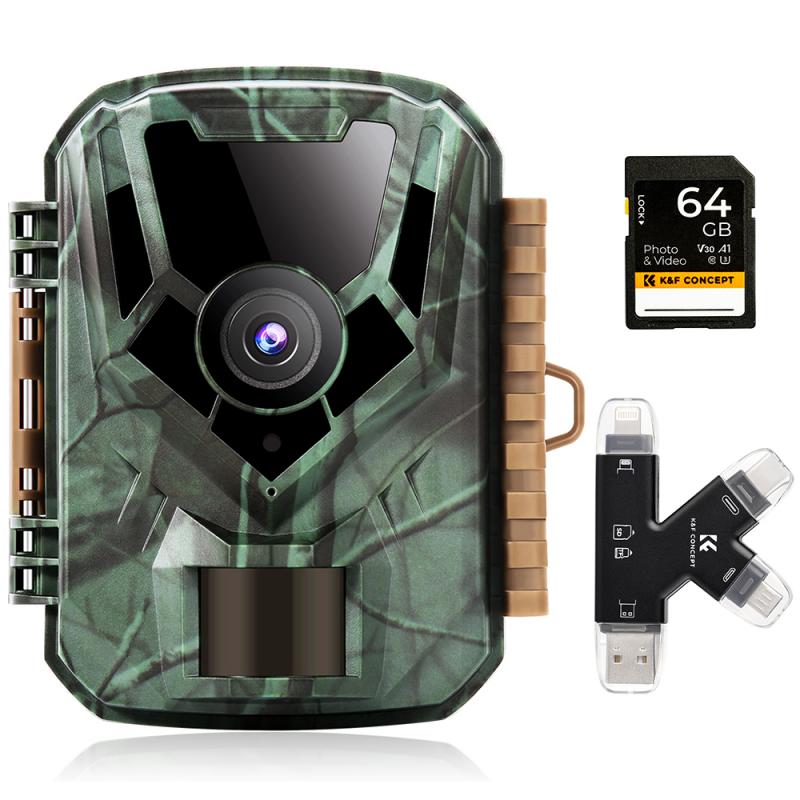


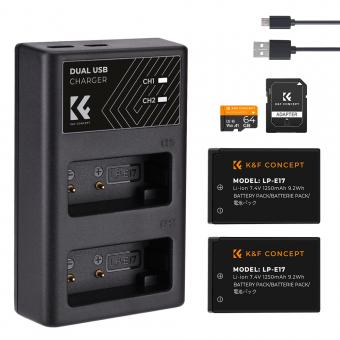
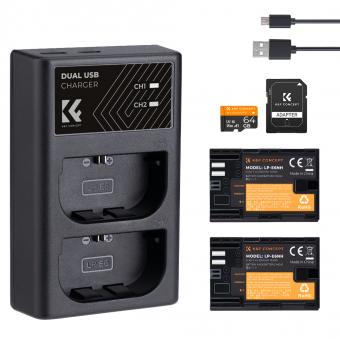
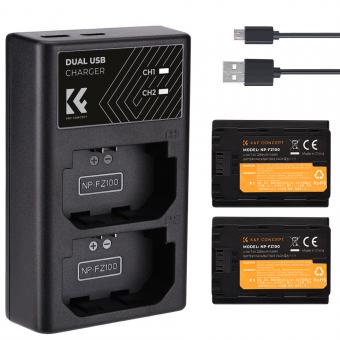
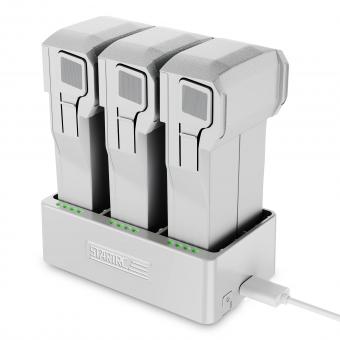

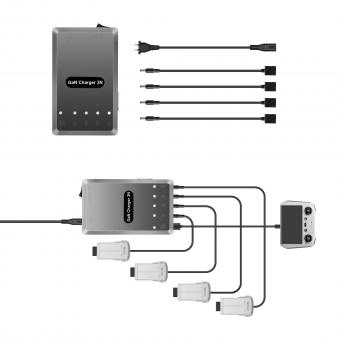
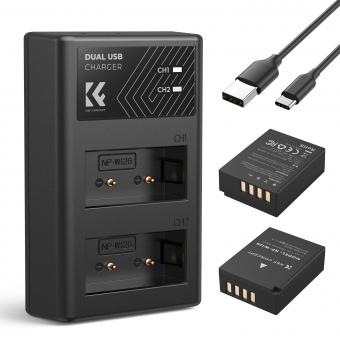
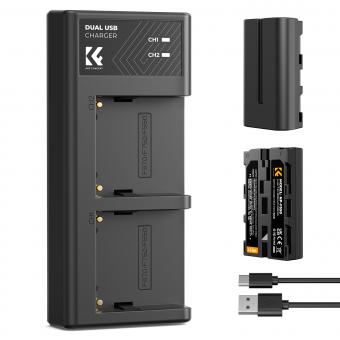
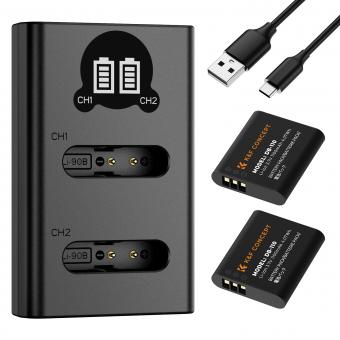









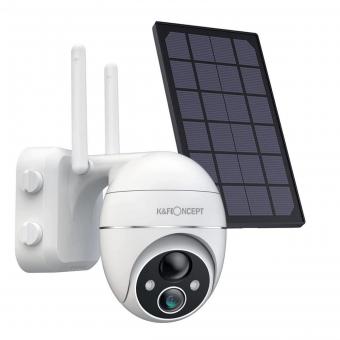






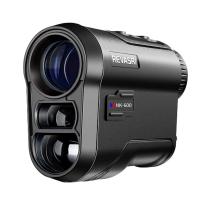

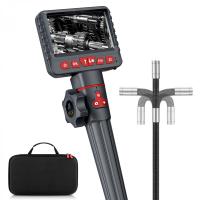
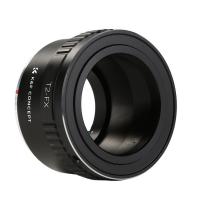

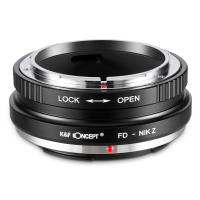

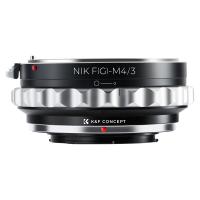




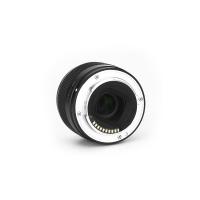
There are no comments for this blog.